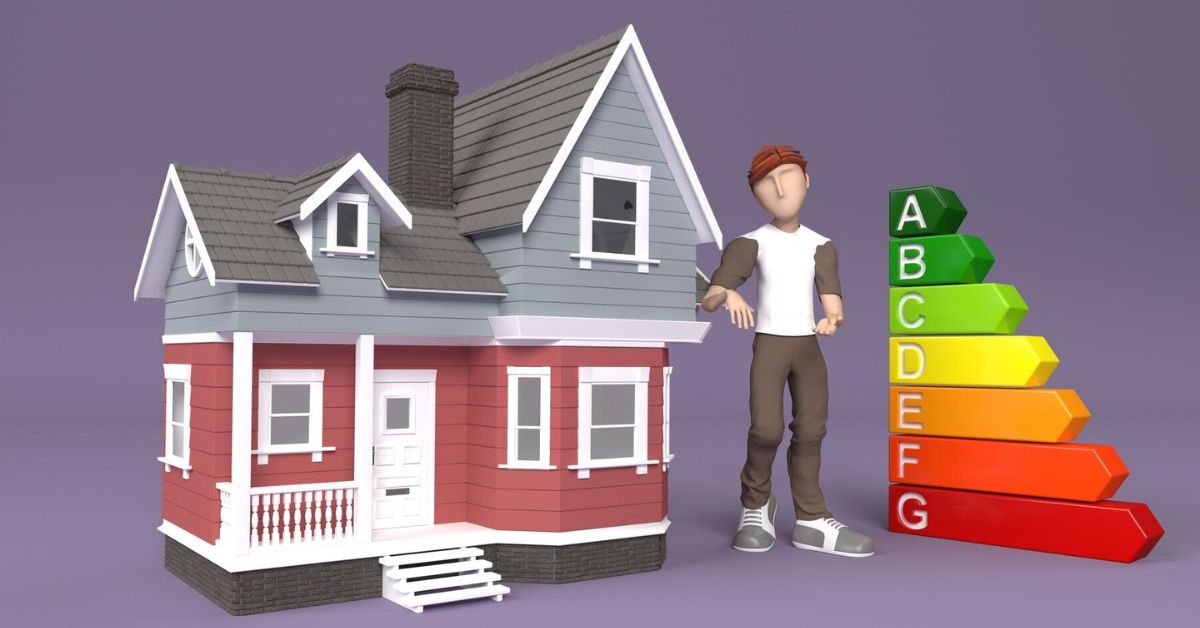Roofs are built to handle various weather conditions, but not all climates treat roofing materials the same. Whether your home faces intense heat, heavy rainfall, freezing temperatures, or strong winds, the local environment significantly determines how long your roof will last. Understanding how climate impacts roofing materials and when to consider a replacement can help homeowners protect their investment and avoid costly repairs. We will explore how different climates influence roof wear and how they affect the timing of roof replacement decisions.
Ways different climates influence roof wear
High Heat and Sun Exposure Can Accelerate Wear and Tear
Roofing materials tend to age faster in areas with prolonged exposure to high temperatures and intense sunlight. The sun’s ultraviolet rays can break down the surface of asphalt shingles, causing them to dry out, crack, or lose their protective granules. This degradation reduces the shingles’ ability to repel water, making the roof more vulnerable to leaks even if there are no visible signs of damage at first glance. Additionally, the heat causes roofing materials to expand during the day and contract at night. Over time, this repeated movement can weaken seals, shift shingles, and loosen fasteners. The issue can be even more pronounced for homes with darker-colored roofs since darker surfaces absorb more heat.
Metal roofs may handle heat better than asphalt but still suffer from thermal movement that requires careful installation and periodic monitoring. Homes in desert climates or places with extended summers often need earlier roof replacements simply because the materials break down faster under constant sun exposure. Homeowners in these regions should consider roofing materials designed for heat resistance and may want to plan for shorter replacement cycles. Regular At Your Service Roofing inspections, particularly after the hottest months, can help identify problems early and determine if replacement is needed before more severe damage occurs. Replacing a roof before it completely fails in hot climates prevents leaks and allows for upgrades in materials and ventilation that can reduce cooling costs and increase indoor comfort.
Cold Weather and Freeze-Thaw Cycles Lead to Structural Strain
Freezing temperatures and winter storms also place significant stress on roofing systems. One of the most damaging natural forces in cold climates is the freeze-thaw cycle. When snow or ice melts during the day and refreezes at night, water can seep into small cracks or between shingles and then expand as it turns to ice. This cycle gradually pushes apart materials, worsens cracks, and creates gaps where water can penetrate more easily. The result is surface-level wear and deeper structural weakening that can shorten the roof’s expected life. Ice dams, which form when snow melts and refreezes at the roof’s eaves, can lift shingles and allow water to back up under the roofing layers. Once moisture finds its way into the underlying materials, it can lead to rot, mold, or even insulation damage in the attic.
Heavy snow loads can also cause sagging or stress points in older roofs, especially if they are not designed for the weight. Roofing materials like asphalt and wood are particularly vulnerable in freezing conditions if they have aged or lost flexibility. Roofs in colder regions should be monitored for visible damage and signs of moisture buildup, mold in the attic, or unexplained temperature fluctuations indoors. Replacement timing in these climates is often influenced by how well the roof resists moisture and whether insulation and ventilation are functioning correctly. When replacing a roof in a cold environment, it’s also a chance to install ice and water barriers or upgrade to materials more resistant to cracking and shifting in low temperatures.
Heavy Rainfall and Humidity Encourage Water Damage Over Time
Regions that experience frequent rainfall or high humidity levels expose roofs to persistent moisture, which gradually wears down materials and introduces the risk of mold and rot. While roofs are built to shed water, moisture can cause trouble, especially when paired with organic debris like leaves and branches. This combination creates the perfect environment for mold and algae to grow, which can deteriorate roofing surfaces and lead to discoloration, curling, or separation. In tropical and subtropical areas, the humidity alone can penetrate roofing systems that are not adequately sealed or ventilated. Wood-based shingles or decking can swell, warp, or rot under continuous damp conditions, while metal roofing may develop rust if coatings have worn away.
Even modern roofing materials that resist moisture can become compromised if the gutters, flashing, or ventilation systems fail to function correctly. Roofs in rainy climates often require more frequent inspections and maintenance to clear out blockages and check for hidden moisture. Timing a roof replacement in these areas usually depends on how quickly the roofing system can dry out between storms. If there is not enough time for surfaces to fully dry, water can accumulate in hidden layers and cause damage beneath the visible exterior. A roof nearing the end of its functional life in a wet climate may benefit from early replacement simply to prevent water intrusion before it affects the home’s interior. Upgrading to water-resistant underlayment and using mold-resistant materials during replacement can improve the roof’s performance and lifespan.
Wind and Storm Conditions Affect Structural Integrity and Seal Longevity
Wind is one of the most immediate and noticeable threats to any roofing system. Strong gusts can lift shingles, blow off flashing, and tear away ridge caps, especially on older roofs or those with loose components. Areas prone to hurricanes, tornadoes, or seasonal storms often see faster roof degradation due to the physical strain wind places on the materials and their fasteners. Even roofs that appear intact after a windstorm may have loosened edges or gaps that lead to slow leaks. Over time, these minor weaknesses allow moisture to creep in and damage the roof deck or insulation.
Wind-driven rain can also exploit vulnerabilities, seeping under shingles or flashing and causing unseen water damage. Replacing a roof after multiple storm seasons—before significant damage occurs—can be a more cost-effective option than waiting for catastrophic failure. In wind-prone areas, the timing of a replacement is often tied not just to age but to wear patterns seen after repeated weather events. Roofing systems designed for higher wind ratings and incorporating storm-resistant features during replacement can significantly increase long-term protection and reduce the risk of emergency repairs.
Climate is critical regarding how long your roof lasts and when replacement becomes necessary. From the intense heat of summer to the freezing cycles of winter, each environment creates unique challenges that can shorten the life of your roofing system. Understanding how local weather patterns affect your roof’s performance allows you to plan, schedule timely replacements, and choose materials designed to withstand your specific conditions. In doing so, you protect your home, reduce unexpected repair costs, and ensure peace of mind through every season.











